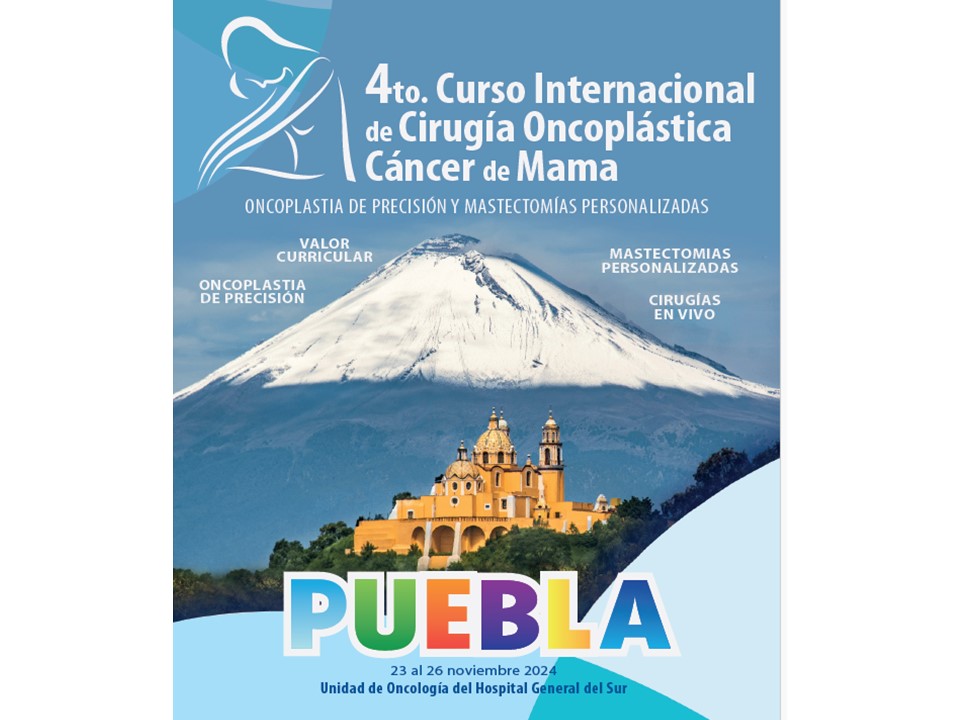Mostrar Contenidos Sensibles
Oncoplastic techniques are a good option in patients with giant benign breast tumors
 Ashraf Nour Msc, MD, PhD
Ashraf Nour Msc, MD, PhD
Fouad M Ghareeb, FRCS, MD
Ashraf Nour Msc, MD, PhD
Associate professor and consultant General and Breast surgeon
Saad Specialist Hospital, AlKhobar, Saudi Arabia.
Fouad M Ghareeb, FRCS (Ed), MD Cairo
Professor of plastic surgery
Egypt
Giant benign breast lesions like giant fibroadenoma and hamartoma can cause breast hypertrophy, which leads to breast deformity, ptosis and asymmetry. Despite their large size they can be surgically excised without damaging normal breast tissue, thus allowing for normal breast development. For large benign lesions of the breast the success of the procedure is measured mainly by the outcome of cosmetic appearance of the treated breast in addition to adequate excision of the whole tumor.
Many large benign lesions constitute challenge for the surgeon. Traditionally the treatment of large benign breast tumors as phyllodes tumor and giant juvenile fibroadenoma has ranged from local excision to mastectomy. The scar for local excision has usually been over the mass taking the usual circumareolar or semicircular shape or even oblique shaped and was usually over-long to allow for removal of the large tumor. Usually the patients are young females, presenting late due to the gradual course of the lesion especially in bilateral lesions as the patients assume that it is due to normal breast development.
Objectives:
Reduction mammaplasty in giant benign breast lesions has three main objectives a) to remove the tumor mass completely, b) to obtain symmetric breast contour after tumor resection, c) to minimize surgical scars.
In superiorly located tumors the inferior pedicle technique is preferred because it permits a wider field for tumor excision, in addition that it leaves the areola and nipple complex attached on the inferior pedicle with reliable blood supply and the reserve should occur in inferiorly located tumors. In inferiorly located tumors, a vertical pedicle mammaplasty is preferable because after tumor excision; the blood supply of the nipple and areola may be hindered through that part of the breast.
It is note worthy to mention that in all giant breast tumors there is no need to resect normal breast tissue to regain the normal size of the breast and adjust the size and contour of the breast to the other breast, as this excess size is due to the bulk of the tumor.
Risks and complications are considered minimal, and these are mostly related to the scar and include scar stretch and hypertrophic scar. Correction of the nipple position is possible in some cases.
Preoperrative and postoperative view of a 35-year-old women with phillodes tumor in inferior pole of the breast who was undergone reduction mammaplasty.




